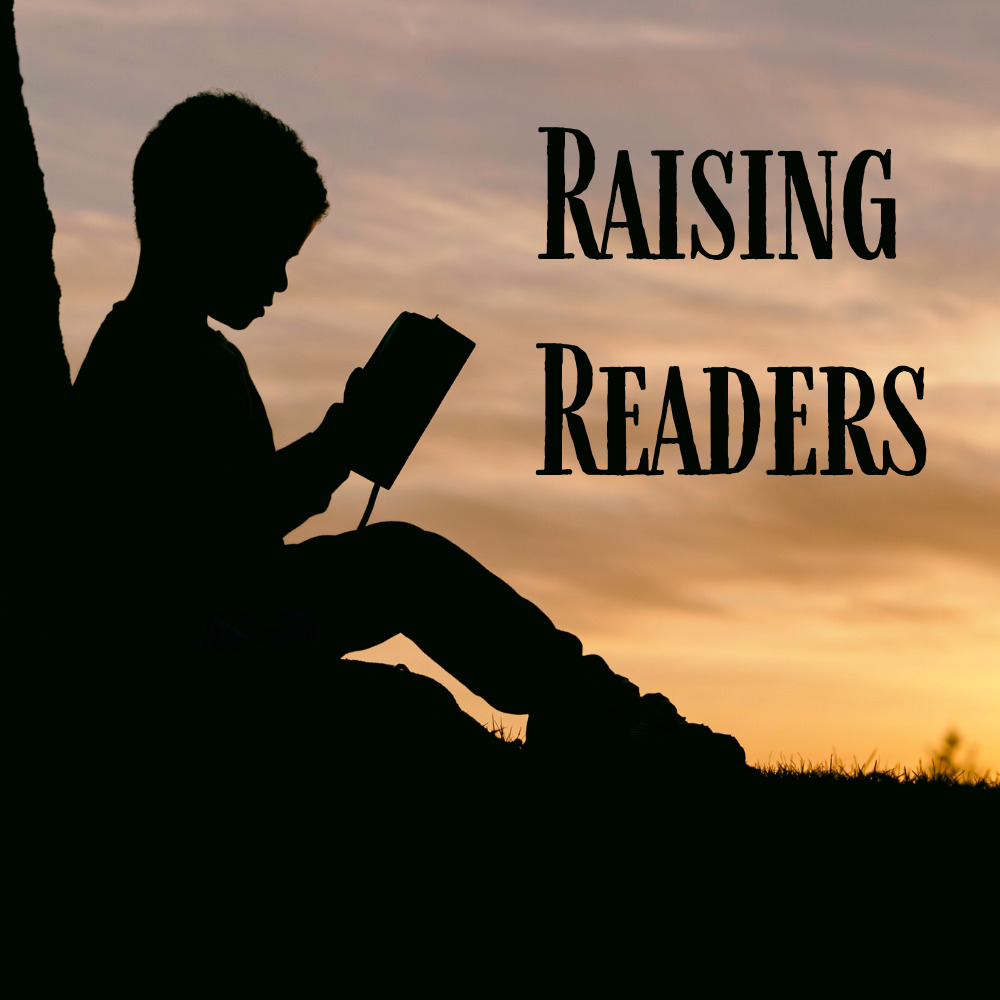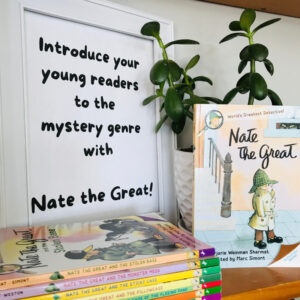Raising Readers

Our Story
I was not a reader as a child, but I knew that I wanted to raise readers even before I knew I wanted to homeschool. When we decided to homeschool, I read, watched, and listened to everything I could on how to teach reading. I was convinced early on that phonics was the way to go and invested in a solid phonics program, bought readers, magnetic letter tiles, and flashcards.
My oldest was a natural and it felt like the second she understood that letters were connected to sounds she was reading fluently. Teaching her to read was effortless, and to this day she is a voracious reader. My second daughter caught on to reading easily but I wouldn’t say it was effortless. She would start off sitting beside me on the couch, then she’d be looking over my shoulder, then on my lap, on the floor, and then back where she started…it was exhausting but productive. I thought my third child, a boy, would never learn to read. He was halfway through grade 4 before he was reading simple 3-word sentences. He made regular progress, always moving forward but the steps were tiny, often taking several days to complete one little movement forward. That struggling young boy is now 17 and devours books regularly. My other 4 children have fallen somewhere on the spectrum between my oldest daughter and oldest son. They have not caught on as quickly, nor have they taken quite the same scenic route before learning to read.
How to Raise a Reader
Teaching your children to read is an important task; it’s worth taking the time to do it well. The overall goal is bigger than teaching them to read though; we want to raise readers, and maybe some of my thoughts will help you.
Raising a reader begins long before you purchase your first phonics program and even before you introduce them to their first book. It begins with the words you speak to them as you go about your day. Your touch, your scent, and your voice are a comfort to your babies. Fill them with words as you go about your day.
Introduce books early. Fabric books and bath books are a great place to start. At this stage, we are not even close to teaching reading but over time there are important skills that are being learned: moving through a book from left to right, holding a book the right way up, and associating books with bonding are all-important first steps.
Read aloud to your children. This is foundational to raising readers. Make this a daily habit. The benefits are so much bigger than your children loving books. Bonds are made over books. Don’t give up too easily with this. Maybe the read-aloud session needs to be shorter or maybe there needs to be a snack involved. Try topics that your child is already interested in or connect your read-aloud time to other activities like field trips, science activities, or art activities. Ask questions as you read and discuss the characters the next day.
If you are not already a reader, become one. This is where I admit to you that this was a tough one for me. I was not raised in a home where reading was valued; the TV was on all the time, I had free access to it, and old habits die hard. Also, I was a slow reader and struggled to stay focused on what I was reading. I married a reader and he’s been a great influence on me. He’s a public-school principal and sweetly refers to me as a careful reader, not a slow reader. Early in our relationship, he encouraged me to keep trying with books. He was sure there was something out there for me and was a great encouragement and I’m grateful for that.
When I was 20, I was working full-time with few expenses, was careful with my money, and decided that I needed to know what to do with the savings that I had accumulated. I bought a copy of ‘The Wealthy Barber’ and it was the first book that I devoured. That book opened my world to an entire section of the bookstore that I had overlooked until then. All those books that have practical life application…that’s me! I have since done enough reading about educating children to know that fiction is really important too and have read countless picture books and novels to my children but it’s just not what I gravitate to for personal enjoyment.
Limit the screen time in your home! I cannot stress this enough! This is the game changer! Well, this along with reading aloud. Those that know us, know that we fall on the strict side of the screen spectrum; we have lost a bit of our endurance over the years for sure, but I have no regrets over being careful with the amounts of screens my children had access to.
Boredom is not your enemy. It’s ok if your children are bored. That’s your cue to read them a story or hand them a book. Honestly, boredom is a key ingredient to raising a reader, and filling their boredom with a screen is counter-productive.
Resources to Help
If you are late to the game and need to make changes, start slow, go easy, and be patient. You might want to consider getting your hands on a copy of The Read Aloud Family.
If you are looking for a solid phonics program you can check out these titles on our website:
All About Reading: This program has easy and fun readers. It has a lot of activities, is colorful and playful, and is very good for learners with special needs. Printing practice is not included, it’s a bit pricey, and some find that there is too much busywork.
First Start Reading: This program integrates phonics and copywork and will have your child reading words in the first book. It is black and white with a lot of coloring practice which strengthens fine motor skills needed for printing, however, some students prefer color over black and white printed materials. It also has a special needs program. The readers are not as strong as the ones in All About Reading but you could use the All About Reading readers with this program. This program is simpler and less time-consuming than All About Reading but gets the job done.

by Adrianne Curwen
Adrianne is a wife to a public-school educator/administrator and a homeschooling Mama to seven children, ranging in age from 7 to 23. She believes that we have a unique opportunity as homeschoolers to design individualized education that suits giftings, interests, and passions. She and her husband have used a blend of registered homeschooling, enrolment with independent DL schools, and participation in public trade school programs to design individualized programs for their children. She is passionate about using as many read-alouds, picture books, novels, and conversations to educate her children but also gets excited by the amazing homeschool-designed curriculum that’s out there. Adrianne is thrilled by her new role as Communication Specialist for Classical Education Books and is grateful to have an opportunity to learn something new. She is grateful, every day, for her saviour, Jesus Christ, and has no greater joy than when she sees her most important missions field walk with Him.



